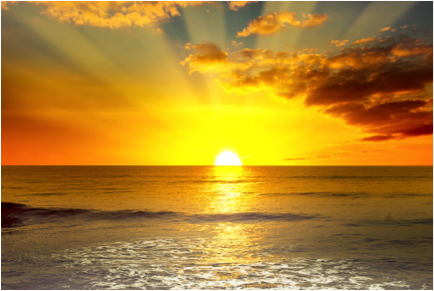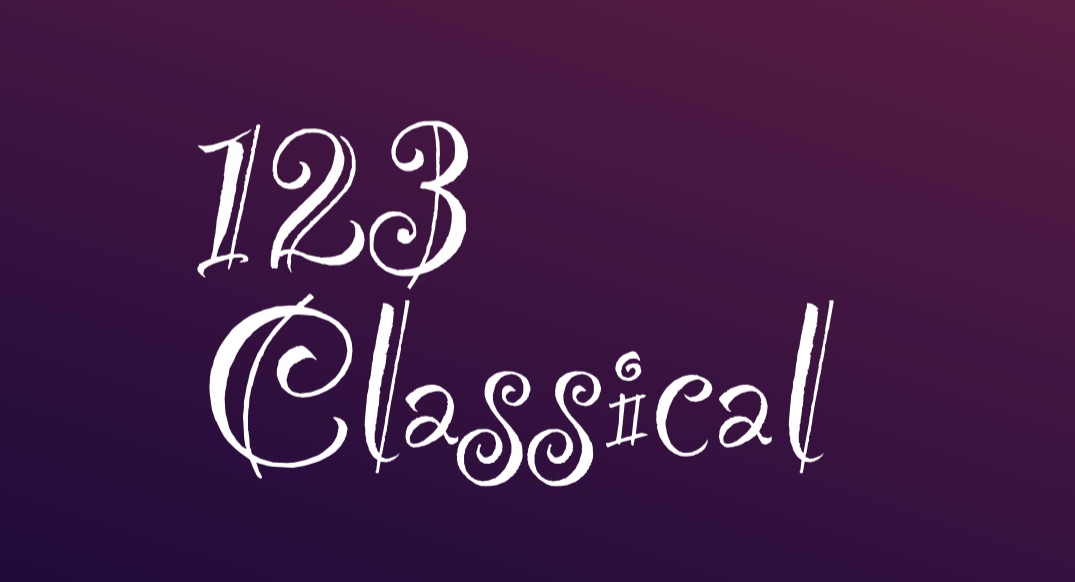

For some classical music pieces, their composers wish to musically depict scenes from nature, through sounds, harmonies and rhythms, and urge us to create in our minds visual representations of nature, in a way resembling nature photography. It is up to our imagination to put the final touches on the pictures, by determining their details. Some composers, like Vivaldi in the ‘Four Seasons’ concertos, provide us the guidelines (in this case through a poem), to mentally create these images. Other composers, do not provide us any other information than the title of the piece, which by itself is enough to inspire us in creating these mental images. For example, in ‘The swan’ by Saint Saens, there is enough information in the title to create an image of a swan drifting in the lake water, creating ripples as it swims. There are also musical works, where we have to create for ourselves the images behind them. For example, in ‘Piano concerto no 1’ by Tchaikovsky, the opening of the music, with its explosive and dramatic leaps on the piano, might be visualized as seagulls leaping adventurously in the sea and then reaching back into the sky again. But this is only one way of visualization among many possible others. Whatever the case, creating mental images of nature is a fun and stimulating activity to practice.
"Norwegian majesty"
(Piano Concerto in A Minor Op. 16 / Movement 1)
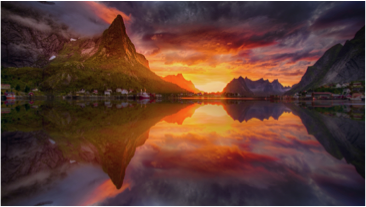
"The swan"
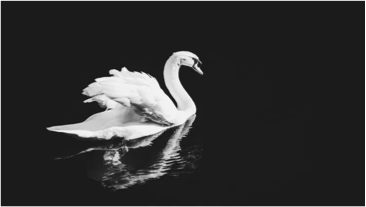
"Spring" from "The four seasons"
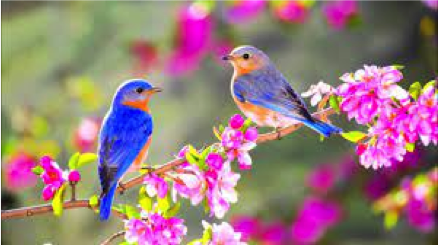
"Winter" from "The four seasons"
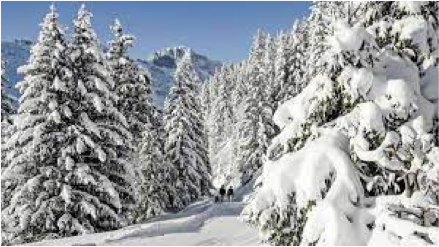
"Autumn" from "The four seasons"
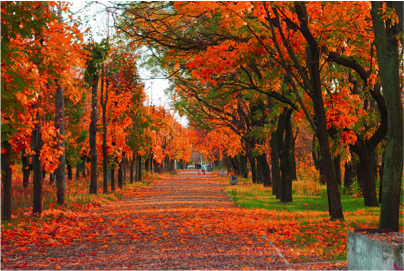
"Summer" from "The four seasons"
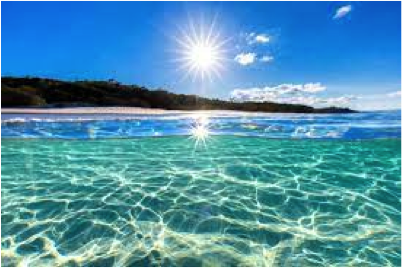
"Pastoral symphony"
(Symphony No 6 / Movement 2)
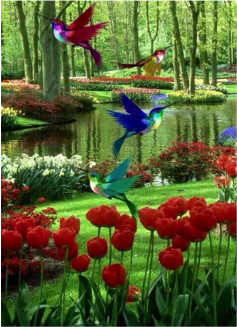
"Moonlight sonata"
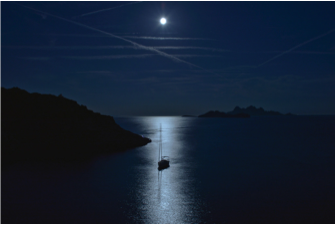
"The creation, overture"
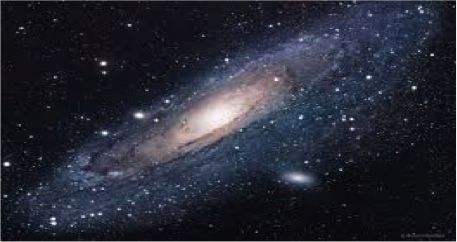
"Four seasons remix"
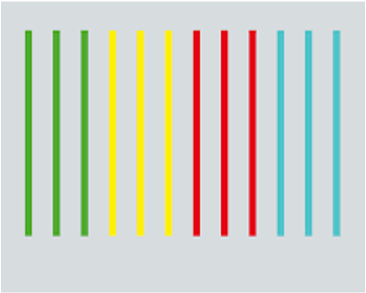
"Le onde"
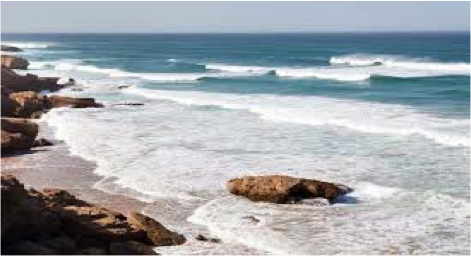
"The Hybrides overture"
(or "Fingal's cave")

"Like birds flying"
(Piano Concerto No 1)
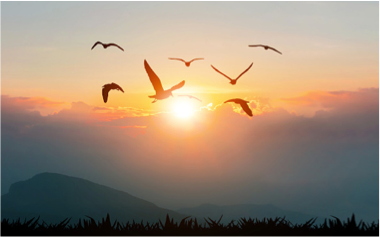
"Romance"
(Romance Op. 24 No 9)
